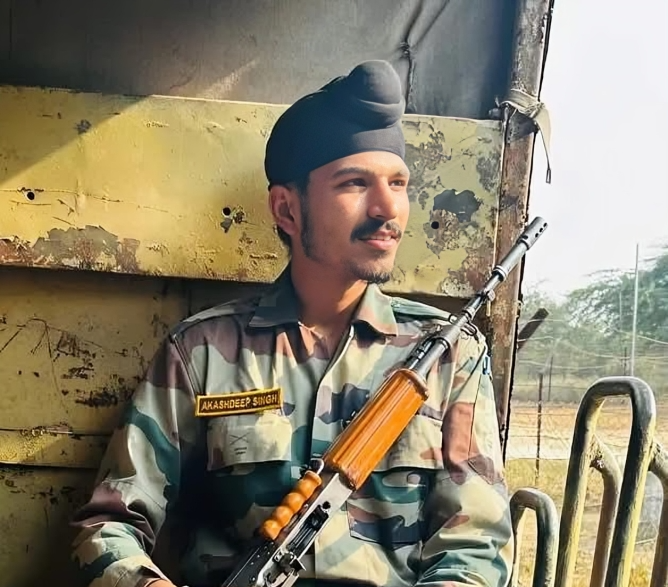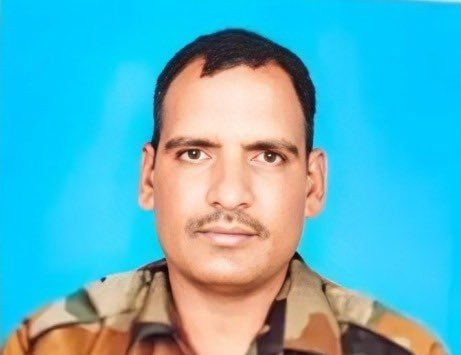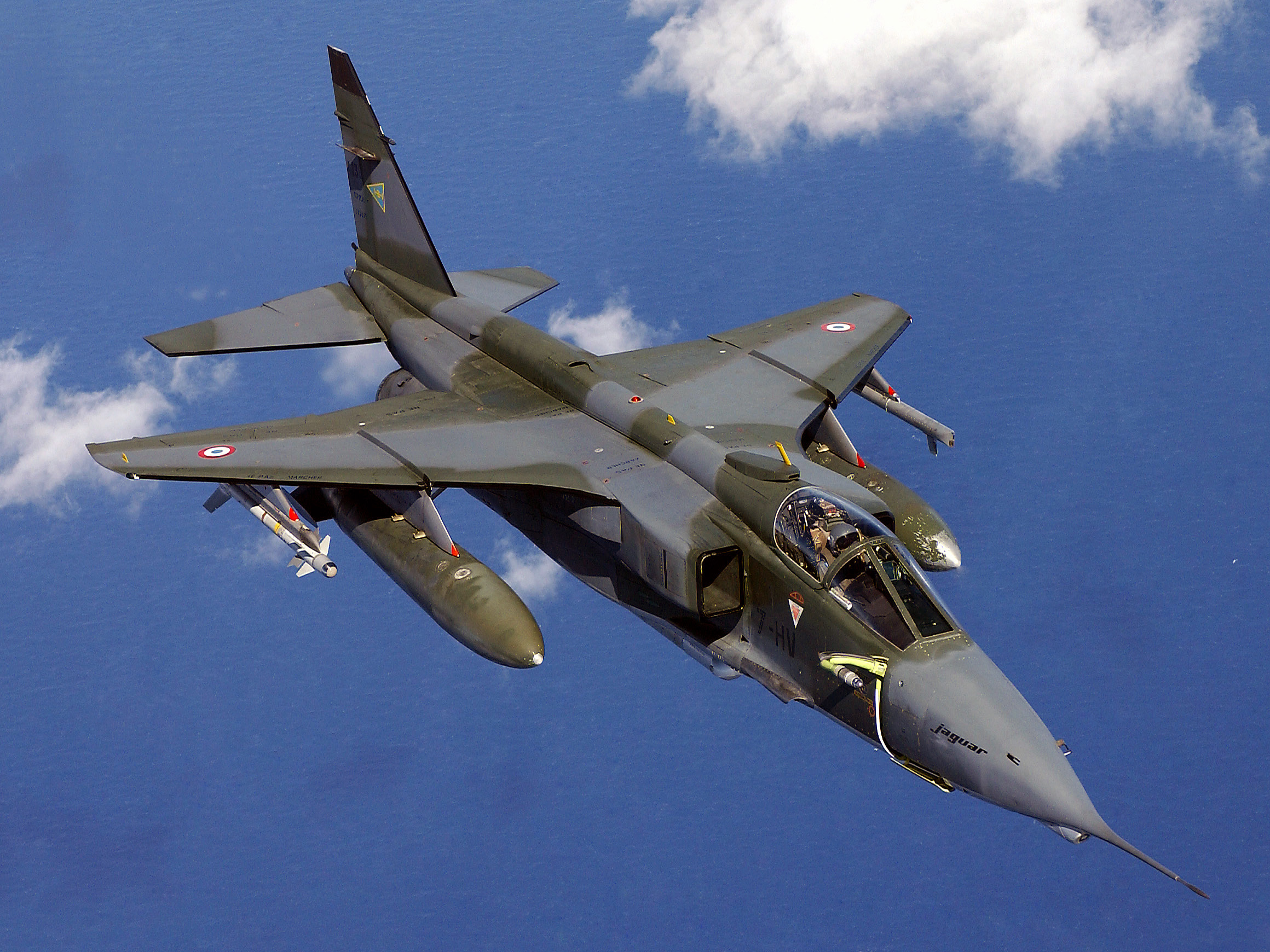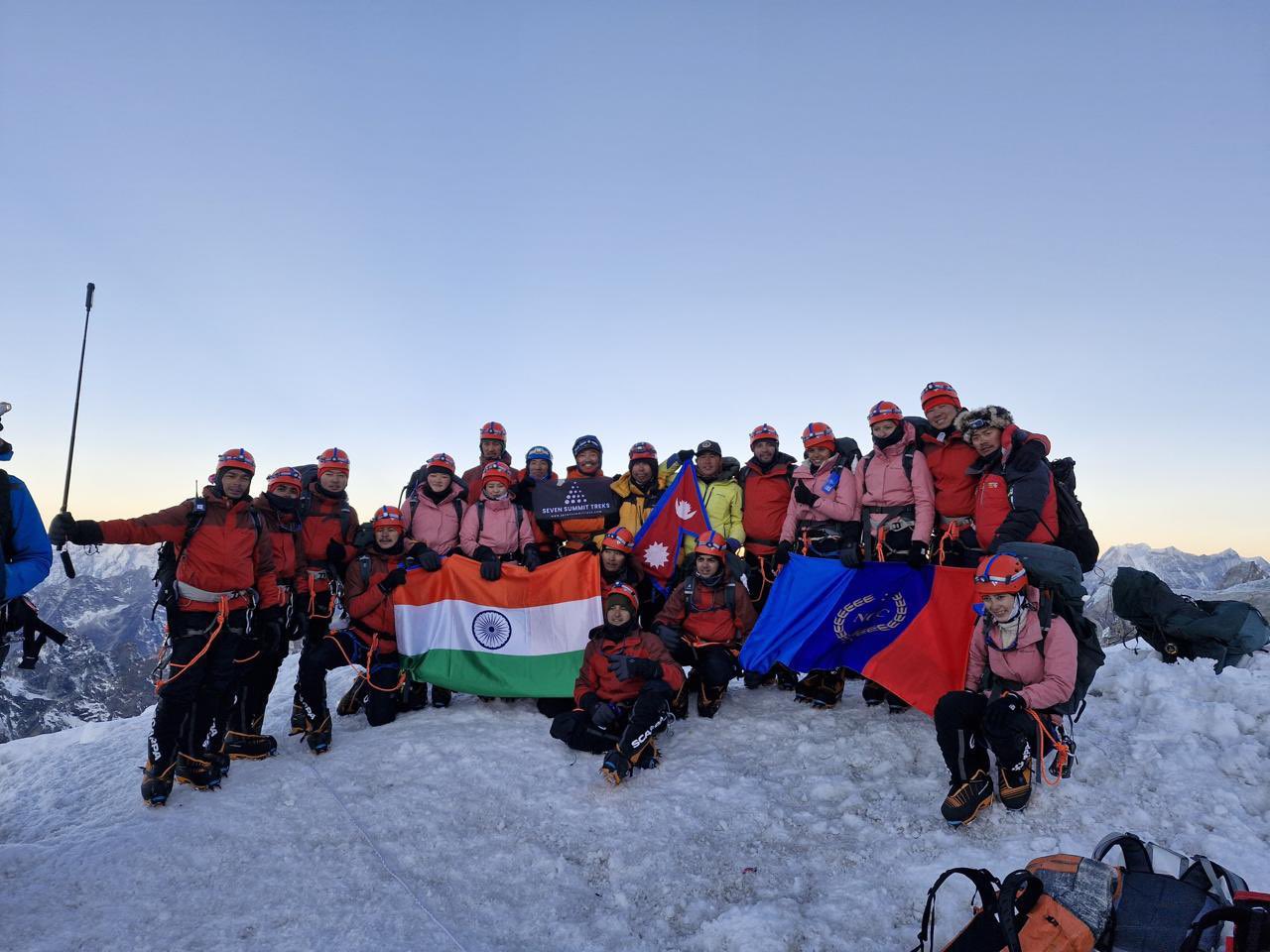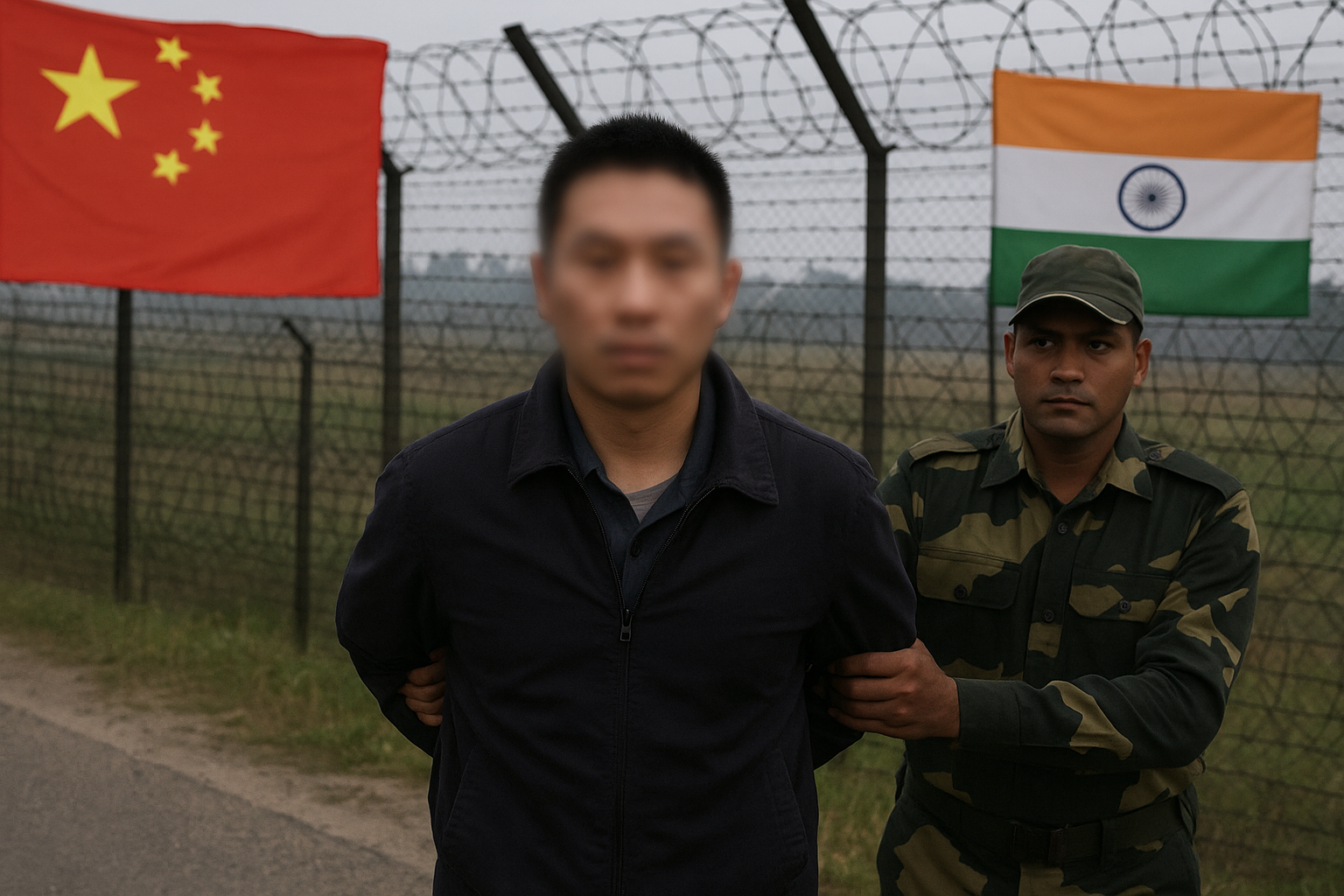Punjab’s Agniveer Akashdeep Singh Martyred During Duty in Jammu
A sense of deep mourning has engulfed the village of Kothe Chahal in Punjab's Faridkot district following the martyrdom of…
Rajasthan’s Jawam Madan Singh Gurjar Dies in J&K; Leave Was Cancelled Due to ‘Operation Sindoor’
In a tragic development that has cast a pall of grief over Rajasthan’s Jhunjhunu district, Nayak Madan Singh Gurjar of…
HAL Develops Indigenous Fuel Air Valve for Jaguar Aircraft, Boosting Aatmanirbhar Bharat
Hindustan Aeronautics Limited (HAL) has successfully indigenized the Fuel Air Valve for the Indian Air Force’s Jaguar aircraft, marking a…
NCC Cadets Scale Mount Everest for Third Time, Rekindling Spirit of National Pride
A group of 10 National Cadet Corps (NCC) cadets achieved a momentous milestone on Sunday by successfully reaching the summit…
Suspected Chinese Spy Caught Near Indo-Nepal Border in Bihar
A suspected Chinese spy was apprehended early Sunday near the Indo-Nepal border in Bihar, heightening concerns over ongoing espionage threats…
Ex-Jihadists with LeT, Al-Qaida Ties Join Trump’s Religious Freedom Advisory Board
The recent appointment of two former jihadist operatives, including one trained by the Pakistan-based terrorist group Lashkar-e-Taiba (LeT), to Donald…

